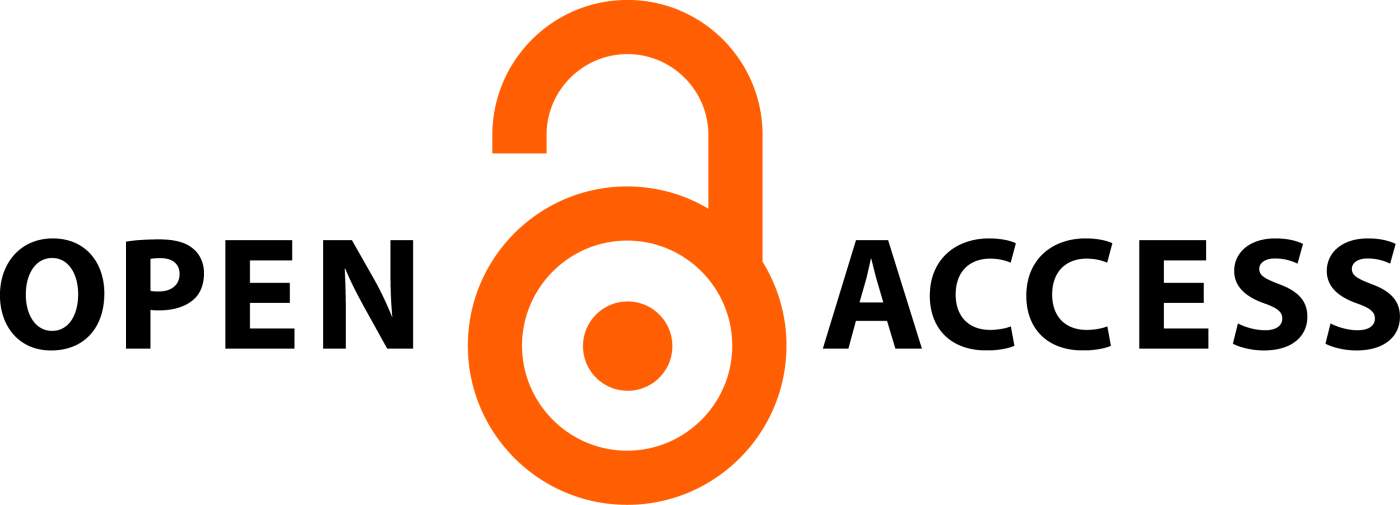DISCOVERY OF NOVEL PHTHALIMIDE ANALOGOUS BASED ANTI-EPILEPTIC BY MOLECULAR DOCKING
Abstract
Aim: The development of innovative compounds for managing seizures with greater therapeutic efficacy and fewer side effects by molecular docking.
Introduction: One of the major global problems is epilepsy, a severe brain illness that affects around 1% of people globally. Vigabatrin, sodium valproate, phenytoin, and other strong medications for the treatment of epilepsy causes side effects and patient resistance. Despite the antiepileptic drug development process seems to be successful, more effective and safer, still antiepileptic drugs are needed, especially for the treatment of refractory seizures. The study’s focus was on phthalimide analogs with strong GABA-AT inhibitory effects by molecular docking.
Methodology: Since protein-ligand interactions are important for drug design, The protein data bank was used to retrieve the 3D structures of GABA-AT, and the Chem Office tool was used to dock the 3D structures of Novel Ligand (Chem Draw 16.0).
Result: By using Lipinski’s rule of five on the novel analogs to assess their anti-epileptic activity, and the drug-likeness property was verified. All the compounds had docking energies over 6.11 kcal/mol for the anti-epileptic GABA-AT receptors.
Conclusion: These concluded that novel compounds can be the promising lead for further study as an Anti-Epileptic for the management and prevention of Epilepsy
Downloads
All the articles published in JAPSR are distributed under a creative commons license (CC BY-NC-SA 4.0)
Under this license, you are free to:
- Share- copy and redistribute the material in any medium or format for any purpose, even commercially.
- Adapt- remix, transform, and build upon the material for any purpose, even commercially.
The licensor cannot revoke these freedoms as long as you follow the license terms.
- Attribution — You must give appropriate credit , provide a link to the license, and indicate if changes were made . You may do so in any reasonable manner, but not in any way that suggests the licensor endorses you or your use.
- NonCommercial — You may not use the material for commercial purposes .
- ShareAlike — If you remix, transform, or build upon the material, you must distribute your contributions under the same license as the original.
- No additional restrictions — You may not apply legal terms or technological measures that legally restrict others from doing anything the license permits.
Copyright policy
The journal allows the author(s) to hold the copyright of their work. That means the authors do not need to transfer the copyright of their work to the journal. However, the authors grant JAPSR a license to publish the article and identify itself as the original publisher.
Licensing policy
The journal allows the author(s) to hold the copyright of their work. That means the authors do not need to transfer the copyright of their work to the journal. However, the authors grant JAPSR a license to publish the article and identify itself as the original publisher.






